SUMMARY
This is AI generated summarization, which may have errors. For context, always refer to the full article.
- Monsoon rains pound Zambales, leave 32 dead
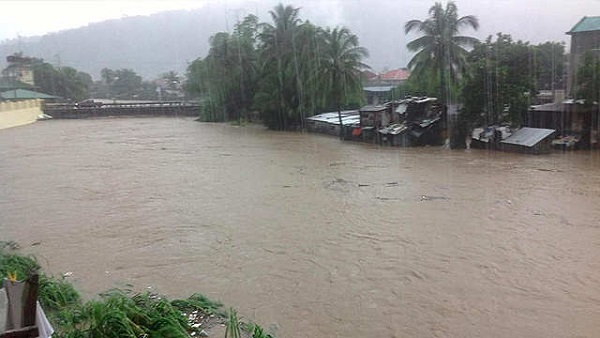
The province of Zambales, about 80 kilometers (51 miles) northwest of Manila, was the most severely affected area as monsoon rains worsened by Typhoon Usagi (Philippine codename Odette) pounded parts of the country for the 3rd day on September 23. Heavy rains caused rain-soaked soil to cascade down and causing floods and landslides that left at least 32 people dead and others stranded on rooftops. Rescuers from the neighboring local goverments – Bulacan province and Palayan City in Nueva Ecija – as well as the Metropolitan Manila Development Authority were dispatched to help local authorities in search and rescue operations.
Read more on Rappler. - Yes, rebels tried to surrender in Zamboanga
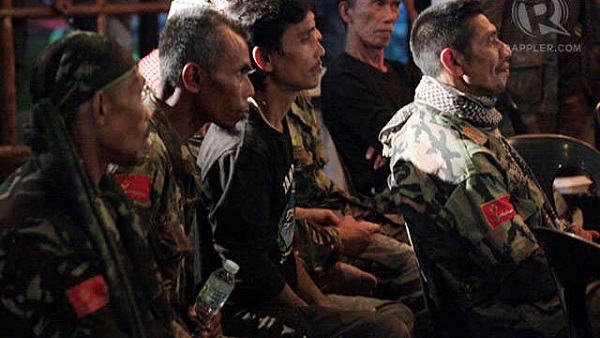
Police interrogation of Moro National Liberation Front (MNLF) fighters now in government custody shows they “repeatedly” tried to surrender in the early stages of the standoff but “attempts” to contact government officials “failed.” Rappler earlier reported that about 80 MNLF members, mostly from the Yakan tribe based in Basilan, surrendered to the police in Sta Barbara on September 12, or the 4th day of the siege. It was ignored and the government denied there was a surrender. They waited the entire night for their surrender to be processed by the Crisis Management Committee based in the city proper. Interior Secretary Mar Roxas denied a surrender took place. The rebels’ effort to surrender surfaced during the interrogation by Region 9 police.
Read more on Rappler. - Blackberry saga: From pioneer to history

The once high-flying Canadian tech pioneer went from being the coolest gadget-maker on the planet to one apparently destined for the history books. BlackBerry, considered the hippest if not the largest smartphone maker several years ago, quickly lost momentum as it failed to keep pace with innovations from rivals. BlackBerry, previously known as Research in Motion, reacted too late to the threat from Apple’s iPhone launched in 2007 and manufacturers using the Google Android operating system announced the same year. Blackberry was “blinded to competitive threats, was madly in love its physical keyboard, and took 3 years to get an operating system to the market. “In this industry if you miss a couple of product cycles you’re pretty much toast,” an analyst said. On September 23, Blackberry agreed to a $4.7 billion buyout to take the firm private as it looks for other suitors.
Read more on Rappler here and here. - Rail supply project void?

It has been over 3 years since the state-run Philippine National Railways (PNR) sealed a US$6.77 million supply deal with a Korean firm Pandrol Korean Limited for the purchase of rail fastening, clips and insulators for the repair of PNR’s main south line. But that 2009 deal, which did not go through a public bidding, is being voided by the justice department after the current PNR board raised it. The previous PNR board executed the deal through a direct negotiation instead of a public bidding, which is required in procurement activities of state-run agencies. Pandrol has contested this and noted that the current PNR board has instead procured from a 3rd party, which has since supplied products that Pandrol has international patent over. T
Read more on Rappler. - Profile: Habier Malik of 2013 Zamboanga crisis
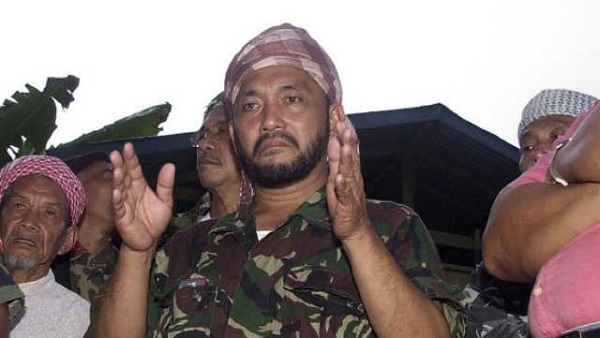
National Liberation Front (MNLF) commander Habier Malik and his remaining followers still holed up in the battle zone listen to Tausug music played by the government on the other side in Zamboanga City, a city he seized over two weeks ago. The MNLF commander wouldn’t budge, saying he and he men are ready to die for their cause — independence from government and renegotiation of their 1996 peace deal. A decisive and respectable man, Malik developed a close friendship with MNLF founder Nur Misuari who appointed acknowledged Malik’s firm resolve to finish what he is set to accomplish no matter the odds and obstacles — traits that are in full display in the Zamboanga crisis.
Read full profile story on Rappler. - Kenya shopping mall crisis ‘under control’
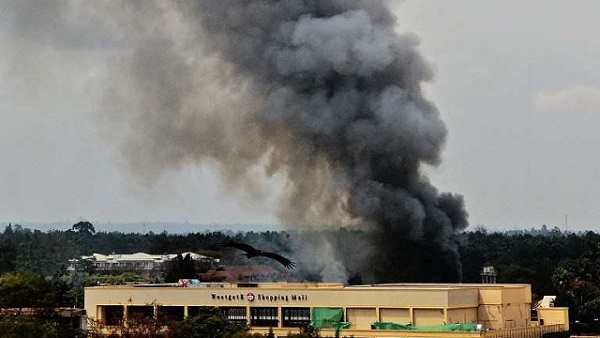
Kenyan troops are “in control” of Nairobi’s Westgate shopping mall, according to officials on September 23. The 3-day-long siege, in which the attackers massacred at least 62 shoppers and staff, was close to being declared over. He said special forces combing the building were no longer encountering any resistance. After a day of fierce gunfire, huge explosions and black smoke that billowed over the Kenyan capital, the vast center was quiet 60 hours after the gunmen stormed the complex. No details on the numbers of hostages released have been given, but 63 people were earlier recorded missing by the Red Cross, a figure thought to include hostages as well as those possibly killed. Almost 200 were wounded in the attack, and at least 11 Kenyan troops were wounded in intense gun battles, the army said.
Read more on Rappler. - Good news: New HIV infections plummeting

New HIV infections have plummeted by a third overall since 2001 and more than halved among children, the United Nations said. Globally, 2.3 million people contracted the AIDS virus last year – down 33% from 2001, while 260,000 children became infected – over a third fewer than in 2009 and 52% down from 2001. Hailing progress in distributing antiretroviral drugs that prevent the transmission of the virus from pregnant women to their unborn children, the UN body said it may be possible to slash new infections among kids by 90% in the next two years. In its annual report on the state of the global pandemic, the agency said the drugs had prevented more than 670,000 children contracting the human immunodeficiency virus (HIV) which causes AIDS. In sub-Saharan Africa – home to 90% of the world’s 3.3 million infected youngsters – the decline was particularly striking, thanks to access to antiretroviral treatments.
Read more on Rappler. - Pacquiao starts training in General Santos

With just two months left before his anticipated return to the ring, boxing icon and lawmaker Manny Pacquiao plunged into serious training in his hometown General Santos. He was back on the track after a skipping some of his routine pre-fight preparations. Pacquiao is coming off a knockout loss to Juan Manuel Marquez in December 2012 and will be coming back in a fight against Brandon Rios on November 24 (Asian time) in Macau. This year marks the longest layoff in the storied boxing career of Pacquiao who has not fought in his home city since 1996. His decision to train solely in General Santos is the closest his fight fans here see him in action.
Read more on Rappler. - Ecuador natural reserve charred
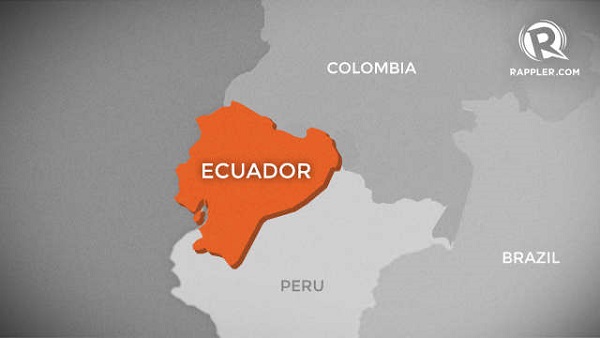
Fire blamed on arson has charred vast areas of a nature reserve in Ecuador’s capital as officials declared the blaze under control. It broke out Sunday, September 22 in a huge expanse of Quito known as the Parque Metropolitano and it took 800 firefighters, police and soldiers backed by water-dumping planes nearly 24 hours to bring it under control. A community of some 400 indigenous people live in the park in northern Quito. No one was hurt, but animals died and large areas of tropical forest burned, mainly eucalyptus trees, in the city’s largest nature reserve. On Sunday alone, the fire charred 557 hectares (1,400 acres) of the park, which draws thousands of visitors every weekend
Read more on Rappler. - UP student who plagiarized can be sued
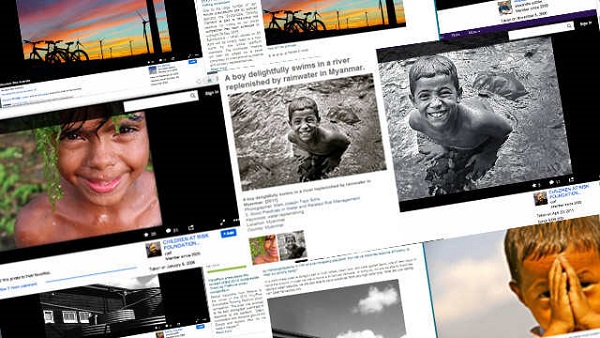
The UP National College of Public Administration and Governance (NCPAG) created a fact-finding committee to look into a plagiarism case involving Mark Joseph Solis. The UP graduate student is liable under the university’s student code, and therefore, warrants legal action on the part of the College, it said. Solis admitted on Sunday that he plagiarized a photo from a Brazilian photographer to join a photo contest, which he won. Solis has apologized to Gregory John Smith, the owner of the photo of a boy with seaweed on his head. The organizers of the “Smiles for the World” photo competition rescinded Solis’ awards — a $1,000 cash award and roundtrip tickets to Brazil and Chile — for failing to “live with integrity and uphold the values of the Filipino people.”
Read more on Rappler.
Add a comment
How does this make you feel?
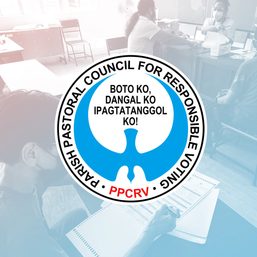
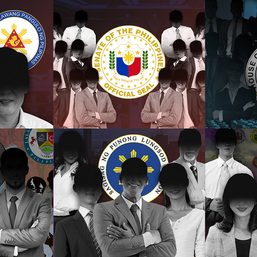


![[PODCAST] Beyond the Stories: Ang milyon-milyong kontrata ng F2 Logistics mula sa Comelec](https://www.rappler.com/tachyon/2021/11/newsbreak-beyond-the-stories-square-with-topic-comelec.jpg?resize=257%2C257&crop_strategy=attention)
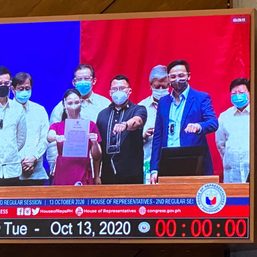




![[EDITORIAL] Ang low-intensity warfare ni Marcos kung saan attack dog na ang First Lady](https://www.rappler.com/tachyon/2024/04/animated-liza-marcos-sara-duterte-feud-carousel.jpg?resize=257%2C257&crop=294px%2C0px%2C720px%2C720px)
![[Free to disagree] How to be a cult leader or a demagogue president](https://www.rappler.com/tachyon/2024/04/TL-free-to-disagree.jpg?resize=257%2C257&crop_strategy=attention)
![[OPINION] Can Marcos survive a voters’ revolt in 2025?](https://www.rappler.com/tachyon/2024/04/tl-voters-revolt-04042024.jpg?resize=257%2C257&crop=251px%2C0px%2C720px%2C720px)
![[Edgewise] Quo vadis, Quiboloy?](https://www.rappler.com/tachyon/2024/03/quo-vadis-quiboloy-march-21-2024.jpg?resize=257%2C257&crop_strategy=attention)
There are no comments yet. Add your comment to start the conversation.